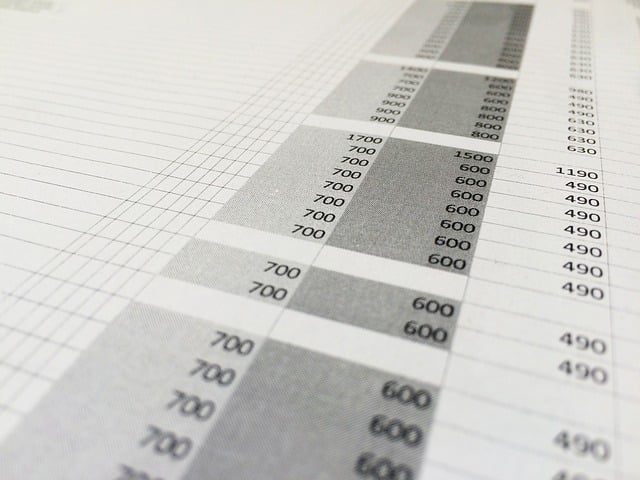
Tabular consists of expressing data using tables.
Tabular is a concept that can appear as an adjective or as a verb . When the term comes from the Latin word tabulāris , it is an adjective that refers to that which looks like a table . For example: “That tabular piece of furniture would be very useful in the study” , “Yesterday I acquired a new tabular device in the upper part of which it is possible to place the inputs” , “The terrain is characterized by its tabular relief” .
The notion may also have its etymological origin in tabulāre . In this case, tabulate is a verb that refers to the expression of data through tables . This action is common in various areas, including computing .
Example of the tabulate action
Suppose a journalist carries out an investigation into the expenses of a state agency. In this way, you access a large number of figures, dates, etc. which you should include in your note.
To organize the data and make it easy to understand, the journalist decides to tabulate the information . Thus, it develops a table with three columns : expense, date and concept. Below each column, start detailing the data. When the reader views the table, therefore, they can easily access the information.

In a spreadsheet, it can be tabulated automatically.
The notion in computing
In some computer programs, tabulating data is very important since it makes it possible to create graphs and perform different analyzes of the information. If a user is dedicated to tabulating information in a spreadsheet , they can then create pie or bar graphs with the data. These types of visual presentations complement the figures and help to assimilate them.
It is worth mentioning that, although current programs allow you to create tables automatically and through a couple of clicks, it is always possible to tabulate the information manually, using the appropriate key (generally known as TAB ) to accommodate each data in the column. desired. The main difference between both implementations is that in the second there is no dividing line or a frame for the table, but rather the aim is simply to structure the fields in an orderly manner.
This method may seem precarious, but it is even useful today when the lines and decorations usually associated with computer-generated tables are not necessary; For example, in an internal company document, or in a draft for personal use, tabulating data by hand can be much more practical and easier than creating a table. Furthermore, compatibility is much greater this way, since all programs do not interpret tables in the same way and this can lead to visual disturbances.
The tabular relief
The elevations adopted by certain strata of the earth that look like tables are known as tabular relief . It originates on sedimentary rocks of little age that have not withstood orogenic stresses ( orogenesis is, according to geology, the process through which the Earth's crust is shortened and folded into an elongated surface, as a result of a thrust) .
It is possible to find this type of relief in sedimentary basins that are large enough for the layers to be distributed horizontally. In addition, you can see a lithological variety (of the structure and composition of rocks) that includes clays, marls and limestones, among other types of rocks, which behave differently against erosion agents.
Of the forms that tabular relief can take, the simplest is known as a páramo , a flat, barren expanse of land usually located more than 1,000 meters above sea level. Among its main characteristics we can mention that it sits on limestone soils, which has very little vegetation, constant winds, little hydrography and a considerable thermal amplitude.
